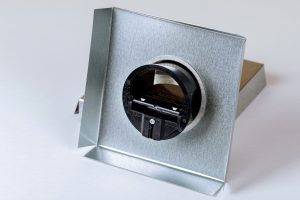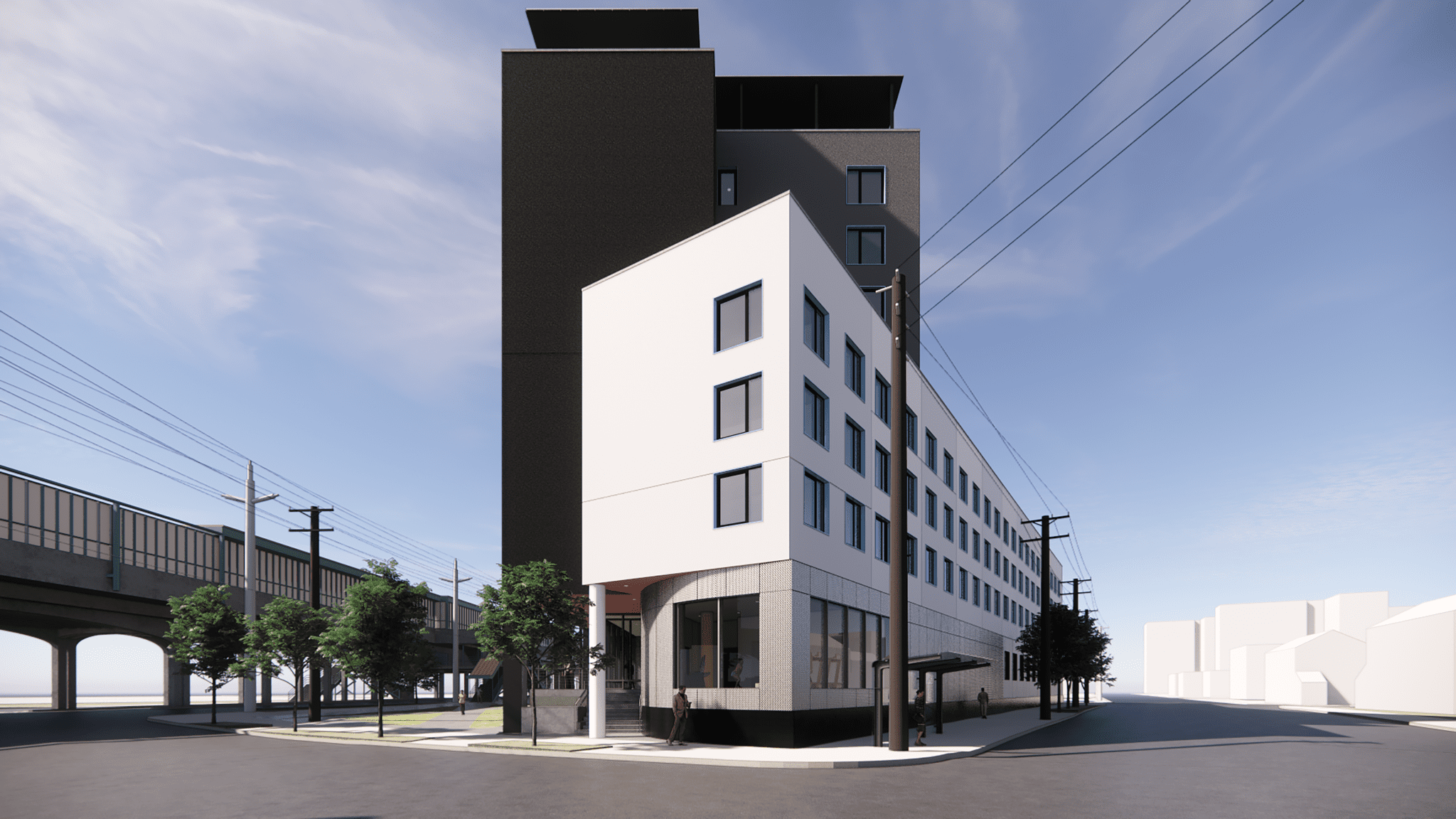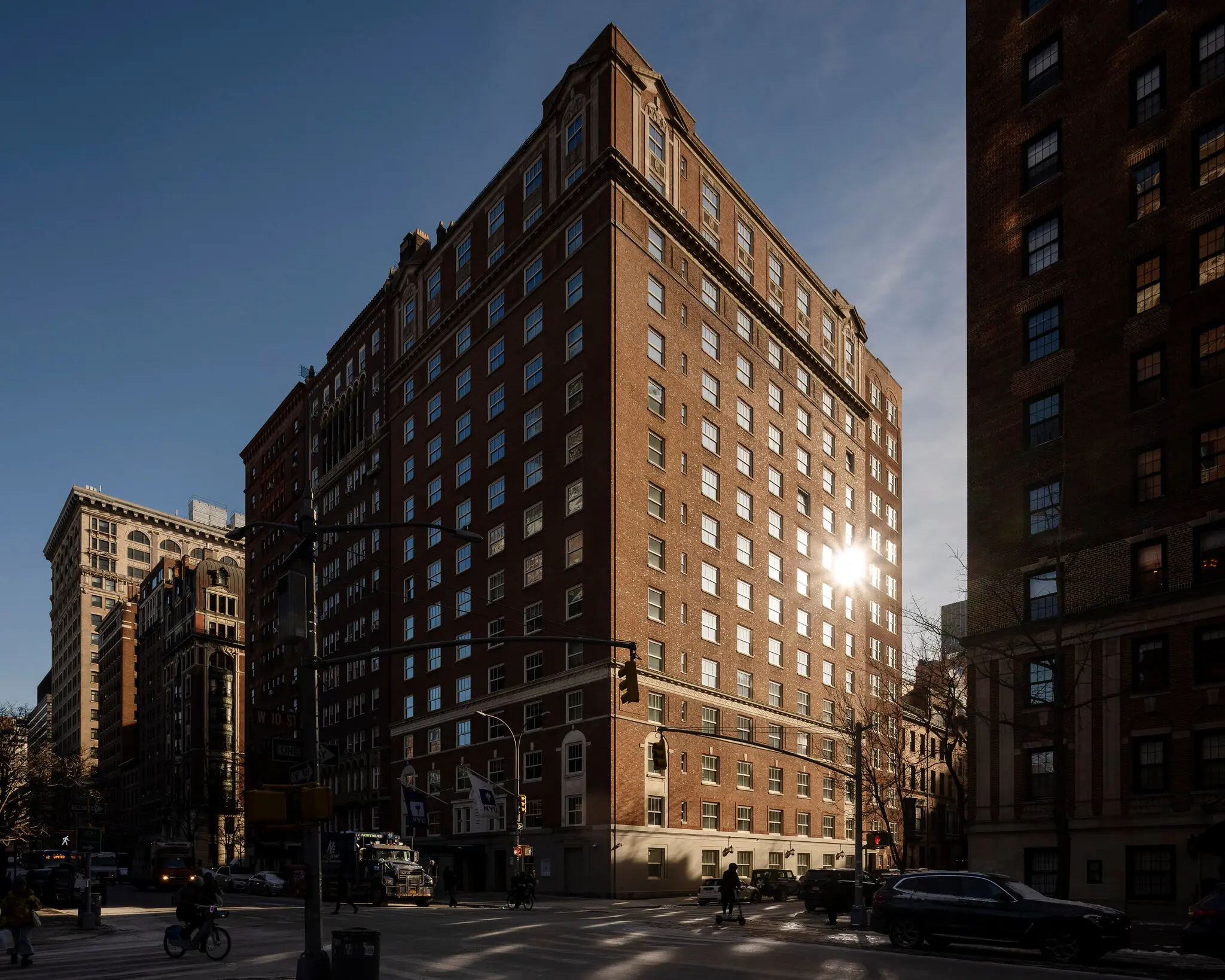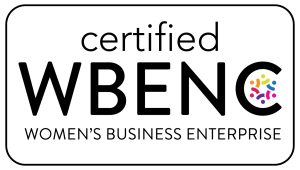Revolutionizing Sustainable Living: 100 Flatbush Avenue is New York’s First All-Electric Residential Tower and it will Feature eFlow-Constant Airflow Regulators!
Amidst the bustling streets of New York City, a remarkable project is taking shape. 100 Flatbush Avenue is set to become the first all-electric residential tower in the city, and part of it’s design are the innovative eFlow-Constant Airflow Regulators (CARs). These cutting-edge regulators are set to revolutionize energy efficiency and indoor air quality, solidifying 100 Flatbush Avenue as a beacon of sustainable living.
Rising majestically to 44 stories, the tower is a centerpiece of the larger five-building mixed-use development. Offering a total of 396 market-rate units, 45 affordable units, and 30,000 square feet of retail space, it represents a harmonious blend of modern living and sustainable design.
Meticulously conceived and brought to life by Alloy Development, a forward-thinking architectural firm, in collaboration with the accomplished engineering teams of Thornton Tomasetti, Silman A TyLin Company, and Magnusson Klemencic Associates for structural engineering, as well as Langan Engineering & Environmental Services for geotechnical engineering, AKRF, Inc for civil engineering, and Cosentini Associates Inc for MEP engineering, 100 Flatbush Avenue boldly pioneers the frontiers of sustainable urban development. Anchored in an unwavering dedication to energy conservation, this remarkable tower achieves unrivaled efficiency by seamlessly integrating eFlow-Constant Airflow Regulators, redefining the possibilities of resource optimization.
4″ CARs at 30 CFM will be installed using 6″x4″ mounting plates and 4″ CAR at 35 CFM incorporated in ceiling box assemblies will be installed at all toilet exhausts. Throughout the ventilation system, these CARs ensure a constant airflow rate, regardless of static pressure fluctuations, achieving unparalleled control over ventilation, resulting in improved indoor air quality and reduced energy consumption.
Alloy Development’s CEO, Jared Della Valle, emphasizes the project’s dual mission: “100 Flatbush not only serves as a model for sustainable urban development, but it also delivers for the community by providing much-needed housing, along with retail spaces along Flatbush Avenue.” The integration of eFlow-Constant Airflow Regulators is a testament to this commitment, as they play a pivotal role in creating a comfortable and sustainable living environment for the tower’s residents.
The successful implementation of eFlow-Constant Airflow Regulators at 100 Flatbush Avenue is made possible through the collaborative efforts of industry leaders. R&S United Services Inc, recognized for their expertise, skillfully installs the eFlow CARs, ensuring their optimal functionality within the ventilation system. Facilitating the sale of eFlow products is the ADE group, dedicated to enabling sustainable technologies for projects of this magnitude. Urban Atelier Group spearheads pre-construction and construction management services, ensuring the seamless execution of this project.
Photo credit:Alloy Development
Flow-CAR FACTS
eFlow-CAR is a simple solution to balancing ventilation systems. Constant Airflow Regulator is a device that automatically regulates airflows in ventilation systems to constant levels. The passive control element responds to duct pressure, and requires no electric sensors, pneumatic sensors or controls. eFlow-CARs promote high indoor air quality and energy savings.
- UL 2043 Classified
- Composed of fire resistant UL 94 ABS plastic
- Diameters offered: 3”, 4″, 5”, 6”, 8″, 10″
- Operating Pressure Range: 0.08 to 2.4 in w.g. (20-600Pa)
- Airflow settings: 15-765 CFM
- Temperature Limits: -22° to 140°F (-30° to 60°C)
- Suitable for both supply and exhaust applications
- No external power supply needed
- Field Adjustable CFM set point
- Capable of maintaining constant airflow within +- 5% for nominal airflow throughout the target operating pressure range of 0.08 to 2.4 in.
- Standard for Energy Efficient Compliance
















